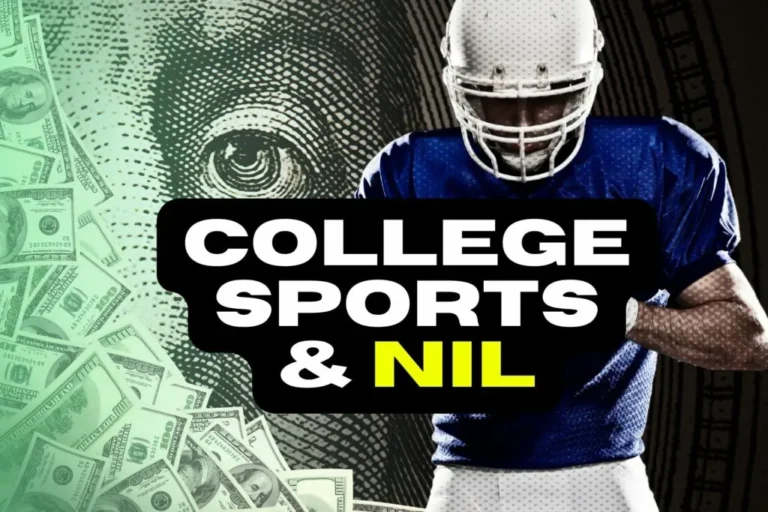Table of Contents
Introduction
In the world of college sports, a big shift has been underway thanks to something called NIL collectives. NIL stands for Name, Image, and Likeness, and it’s all about athletes getting paid for their personal brand. These collectives are groups or organizations that help athletes make money through endorsements, sponsorships, and other deals. They’ve become a game-changer in the NCAA, changing how athletes interact with brands and monetize their fame.
Now, imagine all of this just got a huge shake-up. That’s what happened with the recent House v. NCAA case. This legal battle has thrown a spotlight on how NIL collectives operate and could dramatically alter their future. The case challenged the rules that govern NIL deals, potentially setting new precedents that could reshape the landscape of college sports.
So, why should you care? If you’re a sports fan, a college athlete, or even just curious about how these changes might impact the games you love, understanding the implications of this case is crucial. It’s not just about how athletes get paid; it’s about how the whole system might change and what that means for everyone involved. From the rules that govern these deals to the way universities interact with collectives, there’s a lot at stake.
In this article, we’ll dive into what NIL collectives are, the significance of the House v. NCAA case, and what the future might hold. Buckle up as we explore how this legal ruling could transform the world of college athletics and beyond.
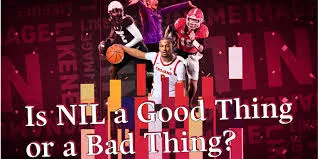
Background on NIL Collectives
What Are NIL Collectives?
NIL collectives are organizations or groups that help college athletes earn money by leveraging their name, image, and likeness. In simpler terms, these collectives act as intermediaries, connecting athletes with brands and sponsors who want to pay for endorsements, social media promotions, and other commercial opportunities. They handle the business side of things, including negotiating deals and managing contracts, so athletes can focus on their sports and studies.
Evolution of NIL Rights
The concept of NIL rights represents a significant shift in how college athletes can monetize their fame. Traditionally, NCAA rules prohibited athletes from earning any money beyond their scholarships. However, as the popularity and financial value of college sports grew, there was a push to allow athletes to benefit from their personal brand. This led to the introduction of NIL rights, giving athletes the freedom to profit from endorsements and other commercial activities without losing their eligibility.
Current Landscape of NIL Collectives
Today, NIL collectives have become a major player in college sports. Many athletes and schools have embraced these new opportunities, with collectives playing a key role in managing and facilitating NIL deals. However, this new landscape also brings its own set of challenges and questions. For instance, how do these collectives operate within the framework of existing rules? What impact do they have on recruiting, team dynamics, and the broader college sports ecosystem?
Understanding the role and current state of NIL collectives is crucial as we explore the implications of the House v. NCAA case. This background provides context for how the legal changes might affect the future of these collectives and the athletes they support.
Key Aspects of the House v. NCAA Case
Case Overview
The House v. NCAA case is a landmark legal battle that has significant implications for NIL collectives and college sports as a whole. At its core, the case challenges the existing regulations and rules that govern NIL deals for college athletes. The lawsuit was filed to address concerns about the fairness and legality of the current framework, arguing that it imposes restrictive and outdated rules on how athletes can profit from their name, image, and likeness.
Impact on NIL Policies
The outcome of the House v. NCAA case could reshape how NIL deals are regulated. If the court sides with the plaintiffs, we might see new guidelines or a complete overhaul of the existing rules governing NIL collectives. This could mean more flexibility for athletes and collectives, allowing for greater financial opportunities and a more open market. Conversely, the ruling could also lead to stricter regulations, imposing new compliance requirements on collectives and potentially altering how they operate.
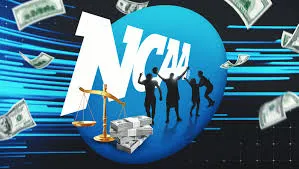
Reactions from Stakeholders
The case has elicited a range of responses from different stakeholders in college sports. Athletes have voiced their hopes for more freedom and better financial opportunities, while some universities and the NCAA have expressed concerns about the potential for increased complexity and regulation. Collectives, too, are closely watching the case, as any changes in the legal landscape could directly affect their operations and strategies. Understanding these varied reactions helps to gauge the broader impact of the case on the future of NIL collectives and college athletics.
Potential Future Scenarios for NIL Collectives
Increased Regulation and Oversight
With the House v. NCAA case potentially paving the way for new regulations, NIL collectives might face increased oversight. This could lead to stricter guidelines that govern how collectives operate, including how they manage contracts and handle financial transactions. Collectives may need to adapt to these new rules to ensure compliance, which could involve more rigorous reporting requirements and transparency measures. This increased regulation might also affect the way deals are negotiated and structured, potentially impacting how athletes and brands interact.
Expansion of Opportunities
On a more positive note, the case could also open up new opportunities for NIL collectives. If the ruling leads to fewer restrictions, we might see an expansion in the types of deals and sponsorships available to athletes. This could result in increased funding for collectives and more lucrative opportunities for athletes. Additionally, the scope of NIL deals could broaden, allowing athletes to explore new revenue streams and commercial ventures. This expansion could make the NIL landscape more dynamic and competitive, benefiting both athletes and collectives.
Shifts in Power Dynamics
The legal changes could also lead to shifts in power dynamics within the world of college sports. One possible outcome is that recruiting practices might change, with collectives playing a more prominent role in attracting and supporting athletes. Universities might also experience changes in how they interact with collectives, potentially leading to new partnerships or adjustments in how they support their athletic programs. These shifts could impact the balance of power between athletes, collectives, and educational institutions, reshaping the overall landscape of college sports.
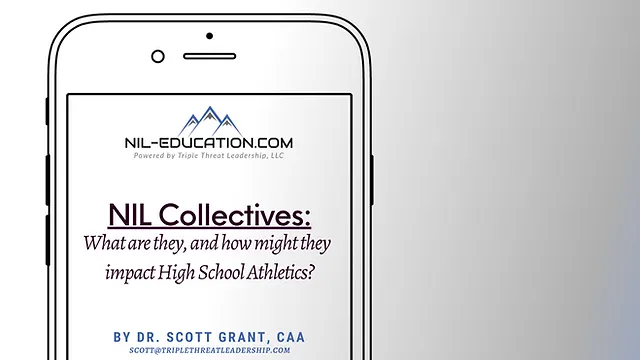
Strategic Responses from NIL Collectives
Adapting to New Regulations
With potential changes in regulations on the horizon, NIL collectives will need to adapt their strategies to stay compliant and effective. This means they may have to revise their operational procedures to align with new rules, ensuring they meet legal and ethical standards. Collectives might need to invest in better compliance systems, train staff on new regulations, and possibly work with legal experts to navigate the evolving landscape. These adjustments will be crucial for maintaining their role in supporting athletes and securing deals.
Enhanced Collaboration
To thrive under new regulations, NIL collectives may also look to strengthen their collaboration with universities and athletic programs. Building stronger partnerships with educational institutions can help ensure that collectives are aligned with the goals and needs of the schools and their athletes. Additionally, collectives might focus on enhancing their engagement with athletes, providing more tailored support and resources to help them maximize their earning potential. By fostering these relationships, collectives can better navigate the changing environment and continue to support their athletes effectively.
Challenges and Opportunities Ahead
Legal and Ethical Considerations
As the legal landscape for NIL collectives evolves, they will face several challenges related to compliance and ethics. Navigating complex legal requirements will be a major task, as collectives must ensure they adhere to new regulations and avoid legal pitfalls. Ethical issues may also arise, such as ensuring fairness in deal negotiations and preventing exploitation of athletes. Collectives will need to be proactive in addressing these challenges to maintain trust and integrity in their operations.
Long-Term Sustainability
For NIL collectives to thrive in the long run, they must focus on financial viability and sustainability. This means developing strategies to secure consistent funding and manage resources effectively. Additionally, collectives need to consider how changes in the industry might impact the athlete experience. Balancing financial interests with the well-being of athletes will be crucial for maintaining a positive and sustainable operation. By addressing these concerns, collectives can ensure they remain a valuable asset in the evolving world of college sports.
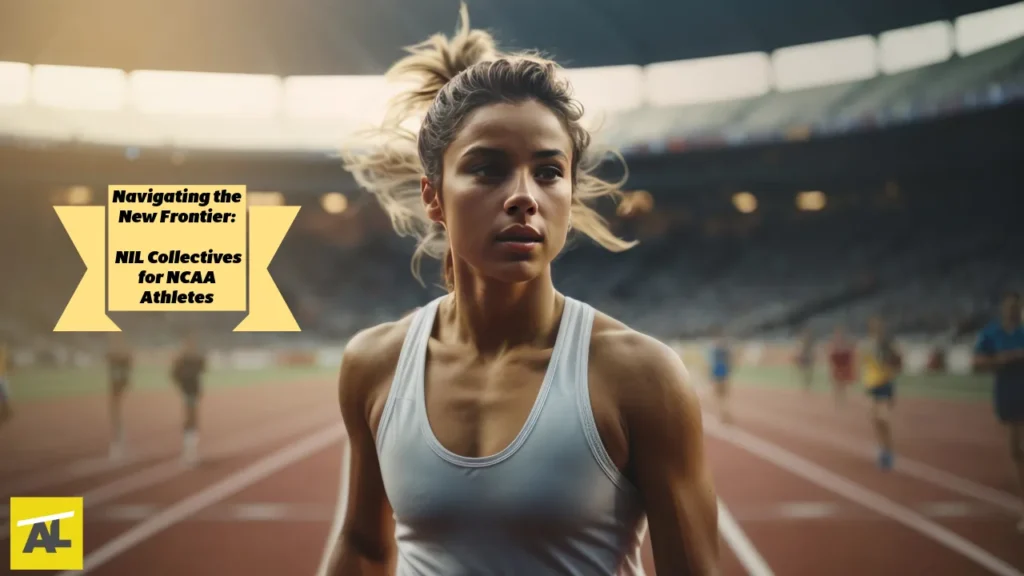
Conclusion
Summary of Key Points
As we wrap up, it’s clear that the House v. NCAA case holds significant implications for NIL collectives and the future of college sports. This landmark legal battle could bring about major changes in how NIL deals are regulated, potentially affecting the operations of collectives, the opportunities available to athletes, and the dynamics between universities and athletic programs. The outcome of the case could either tighten regulations or open new doors for athletes and collectives, making it a pivotal moment for the industry.
Looking Ahead
Looking ahead, the future of NIL collectives will likely be shaped by the outcomes of this case and the evolving legal landscape. Whether the changes lead to more freedom for athletes or increased oversight for collectives, one thing is certain: the way college sports operate will continue to transform. By staying informed and adaptable, collectives can navigate these changes effectively and continue to support athletes in this new era of college athletics.




